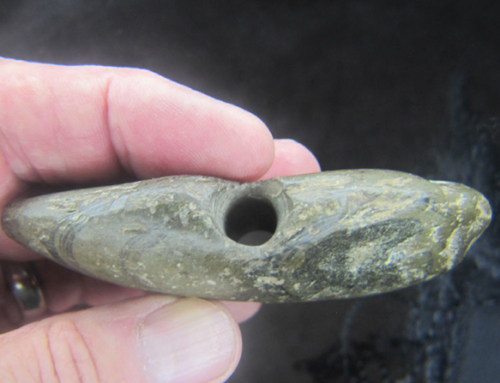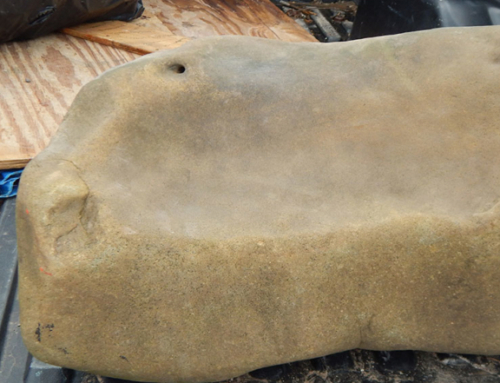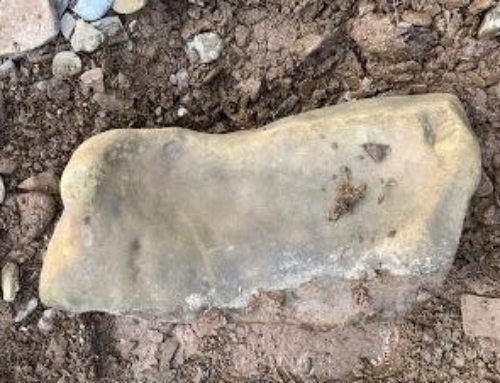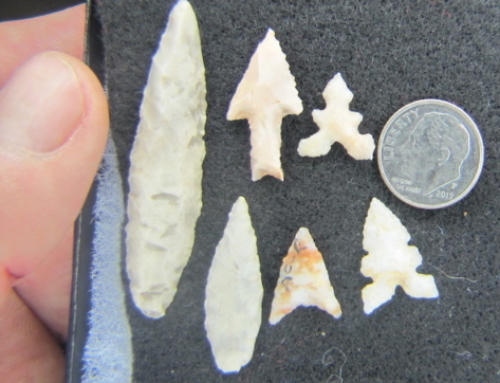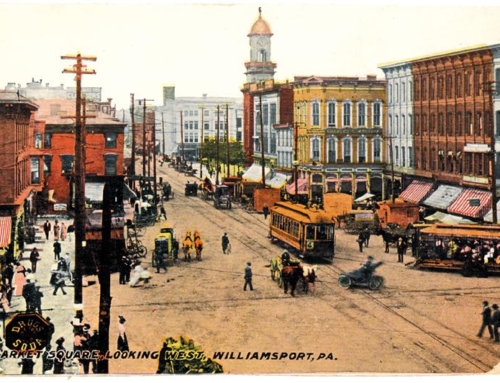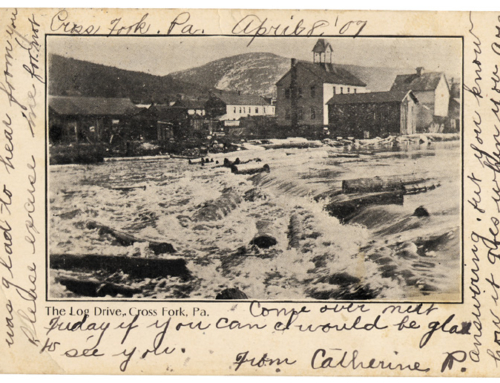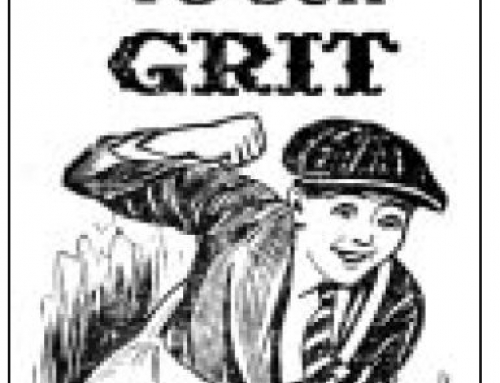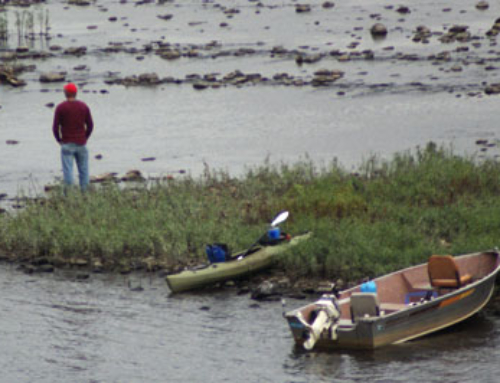
8-Square School was the first public school in Lycoming County
Multi-million dollar physical plants, computer labs, swimming pools, gymnasiums and various bits of audiovisual equipment make a modern day school in Lycoming County a virtual palace of learning, but it wasn’t always this way.
The first schools in Lycoming County had the humblest of origins. The first schoolhouse in Lycoming County was built in what is now Moreland Township in 1796. Another one-room school was built on the same site in 1872 called the “Eight Square School.” The Muncy Historical Society has restored it.
That first school was built of rough-hewn logs and had grease-paper windows, not unlike the type of school that Abraham Lincoln may have attended. The only books used at this school were the New Testament, “Dilworth’s Speller” and a basic arithmetic book.
Schools began to pop up throughout Lycoming County as it became further settled. The one-room schoolhouse era began in earnest with the passage by the state legislature of the “Common School Act” in 1834, which formalized the establishment of schools throughout the state.
These schools were not always the best of facilities. According to a report by county superintendent of schools to the state supervisor of common schools, quoted in a March 24, 1866 article in the “West Branch Bulletin,” “There are 195 schoolhouses in Lycoming County, 43 of which are unfit for school purposes, though used for such. Of six new ones built in the county during this year, only one came up to a suitable standard…” The report continued, “47 teachers were examined privately, most of whom would not have become licensed had there been such an urgent demand for teachers.”
According to “The One-Room School—Lycoming County’s Legacy,” a publication written by the Junior League in the early 1970s, accounts from the late 19th century show that teaching in those days was often just a steppingstone to other jobs. Teachers were not paid well and were not held in high regard by the community. The schools were drafty and cold in the winter and stuffy and hot in the warmer months.
The one-room schools were the staple of education for many years. The last of the one-room schools in the area closed in June 1967. They were the Rose Valley School and the Beech Valley School.
A teacher in 1898 made a monthly salary of $50. By the early 1920s it was between $55 and $75. By the early 1950s it had risen to $250.
In Williamsport, according to a publication called, “Williamsport Schools Through the Years,” published in 1958, the earliest school was set up in Newberry, on Arch Street, across from the Lycoming Presbyterian Church.
The first Williamsport High School was organized in 1869 on Fourth Street, between Elmira and Hepburn streets. Later a building was constructed at the southeast corner of Third and Walnut streets. This building burned in April 1914. The high school edifice best remembered is the one at the corner of West Third and Susquehanna, the site now of the Pennsylvania College of Technology. It was the high school from the fall of 1914 until the spring of 1972.
At one time there were a dozen elementary schools in Williamsport. That number has shrunk to just three. The switching from a junior high school system to one of middle schools had a major impact on this shrinkage, as well as declining enrollment numbers.
From 1854 until the late 1950s a superintendent of schools for Lycoming County schools existed. The first one was J.W. Barnes. There were several men who held this position whose influence was far reaching.
Charles Lose may have been the most influential. He held that job from 1885 to 1891 and was recognized statewide for his efforts to promote and improve education. He presided over a period in which the schools were greatly modernized and streamlined, raising the standards for teachers and for teaching in the county.
Another very influential superintendent was J. George Becht, who was superintendent from 1893 to 1902. He pioneered the development of libraries for schools in the rural areas of the county. He also presided over an expansion in school growth and building construction.
Lycoming County schools have evolved from a period in which education was available to only a few children to the present in which thousands are educated.
By Lou Hunsinger Jr., Williamsport Sun-Gazette


